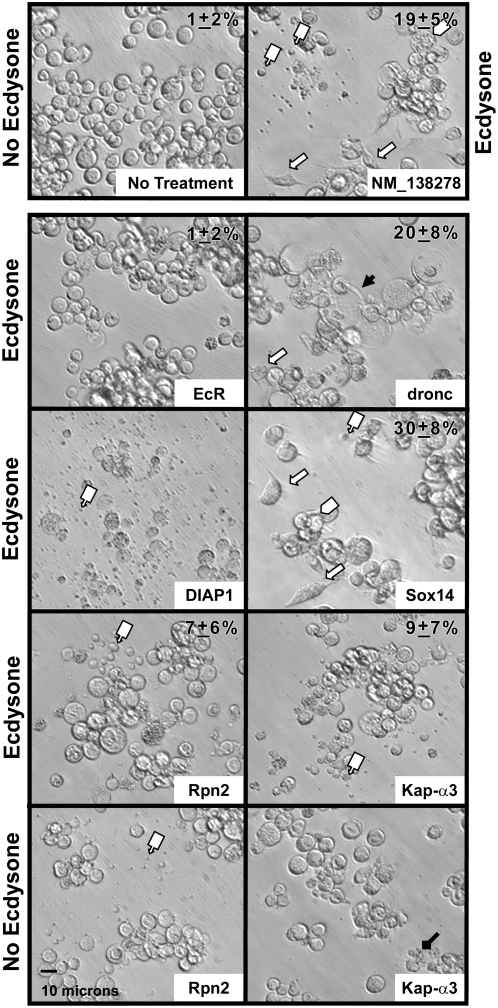Figure 3. Cellular morphology of l(2)mbn cells after dsRNA treatment.
Cellular phenotypes were visualized 3 days after dsRNA treatment in the presence or absence of ecdysone. The l(2)mbn cells with no ecydsone and no dsRNA (No treatment) were round and uniform in size and shape. l(2)mbn cells treated with ecdysone (not shown) or ecdysone+human dsRNA NM_138278-negative control changed in shape, from round to spindle forms with extensions ( ) (19+/−5%). Large cells with phagocytosed material (
) (19+/−5%). Large cells with phagocytosed material ( ) and apoptotic bodies (
) and apoptotic bodies ( ) were also observed. RNAi of EcR, dronc and Sox14 each increased viability of the ecdysone treated cells, but their resulting morphologies were distinct. The % of observed spindle shaped cells (top right corner) was quantitated for dsRNAs corresponding to the genes indicated. RNAi of EcR inhibited spindle shape formation (1+/−2% of the cells were spindle shaped), cells remained rounded, and no apoptotic bodies were found. RNAi of dronc inhibited apoptotic body formation, but cells became spindle shaped (20+/−8%). Also, signs of necrosis such as inflated and seemingly empty cells and cell fragments were observed (
) were also observed. RNAi of EcR, dronc and Sox14 each increased viability of the ecdysone treated cells, but their resulting morphologies were distinct. The % of observed spindle shaped cells (top right corner) was quantitated for dsRNAs corresponding to the genes indicated. RNAi of EcR inhibited spindle shape formation (1+/−2% of the cells were spindle shaped), cells remained rounded, and no apoptotic bodies were found. RNAi of dronc inhibited apoptotic body formation, but cells became spindle shaped (20+/−8%). Also, signs of necrosis such as inflated and seemingly empty cells and cell fragments were observed ( ). RNAi of Sox14 showed few apoptotic bodies and 30+/−8% of the cells were spindle-shaped. RNAi of diap1 resulted in formation of numerous apoptotic bodies within 24 hr and no spindle shaped cells were found. RNAi of Rpn2 showed numerous apoptotic bodies in the presence and absence of ecdysone. while RNAi of Kap-a3 showed a dramatic increase in apoptotic bodies only in the presence of ecdysone (see Table 2 for quantitation of TUNEL positive cells).
). RNAi of Sox14 showed few apoptotic bodies and 30+/−8% of the cells were spindle-shaped. RNAi of diap1 resulted in formation of numerous apoptotic bodies within 24 hr and no spindle shaped cells were found. RNAi of Rpn2 showed numerous apoptotic bodies in the presence and absence of ecdysone. while RNAi of Kap-a3 showed a dramatic increase in apoptotic bodies only in the presence of ecdysone (see Table 2 for quantitation of TUNEL positive cells).

